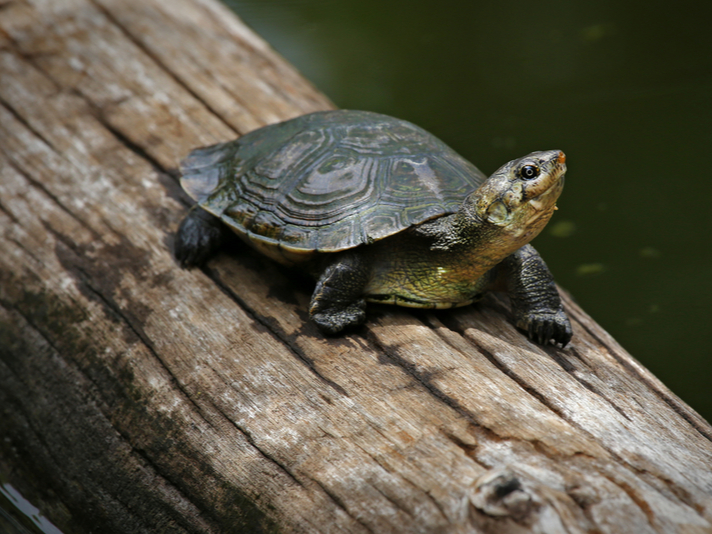The Madagascan big-headed turtle is the last surviving species in it genus.
Of the 100 endangered reptiles on the Zoological Society of London’s EDGE List Of Endangered Reptiles, the Madagascan big-headed turtle (Erymnochelys madagascariensis) unfortunately sits at the top of the list.

Ryan M. Bolton/Shutterstock
The Madagascan big-headed turtle is the last surviving species in it genus.
The chelonian, found in western Madagascar, inhabiting lowland waterways and wetlands, is the last surviving species in it genus. It is listed on the IUCN Red List as critically endangered due to habitat degradation and fragmentation and hunting by humans for food.
It has an estimated population of 10,000 individuals in the wild and is listed as a CITES Appendix II species, so conservation efforts are ongoing. Captive breeding efforts as well as community education and population monitoring programs are ongoing, so conservation attention is listed as good by the ZSL.
It prefers slow-moving waterways and wetland areas, of which the true area in which it is located is estimated to be less than 500 square meters.
The Madagascan big-headed turtle feeds on aquatic invertebrates, including mollusks, dead animal matter, and plants. Females lay an average of just 13 eggs, and, according to the ZSL, breed once every two years.



